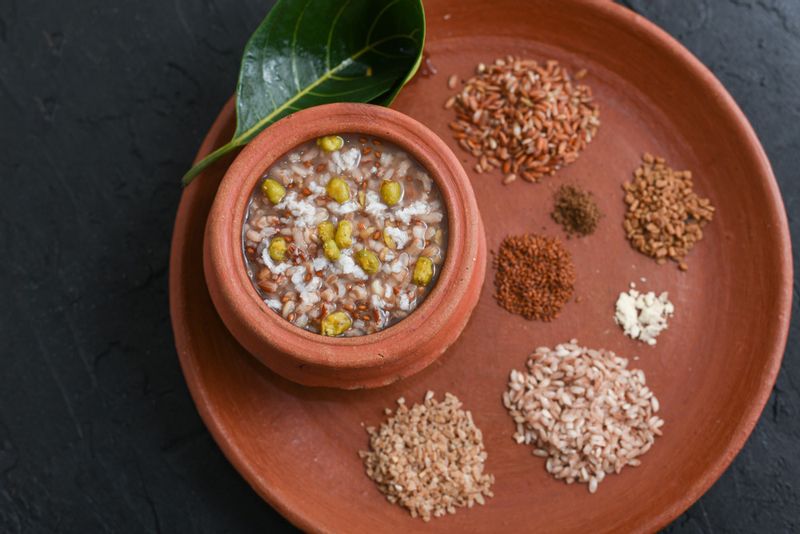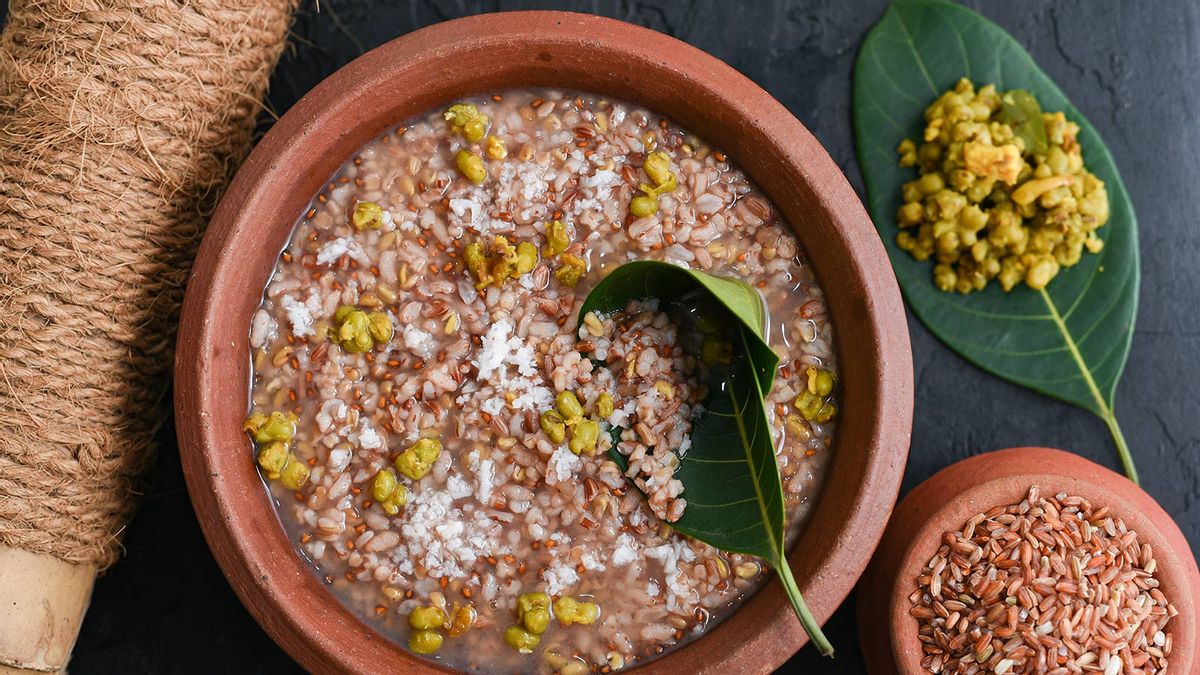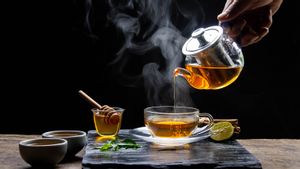My mother’s favourite chapter from her childhood is when she apprenticed her grandfather, an uncertified Ayurveda expert, in picking medicinal plants from their backyard for the Ayurvedic concoctions he lovingly made for his beloved wife’s long life and health. My great granny outlived her husband, living to witness a thousand full moons in her lifetime—a rather posthumous validation to her husband’s unauthorised skills. He was particularly busy during the monsoon months, making lehyams, kashayams, arishtams (herbal drinks and preparations), so the entire family stayed healthy through the year.
Monsoon has a special place in the lives and psyche of a Malayalee. As the state that witnesses the first downpour of the season in India, Kerala welcomes its southwest monsoon rather gleefully. The monsoon peaks in mid-July, in the Malayalam month of Karkidakam. In the pre-global warming era, Karkidakam was a dreaded month, flooding paddy fields, keeping people indoors, sending the economy southwards and generally getting cussed about putting people in serious misery.
With Kerala slowly shifting from an agrarian economy to a service economy and not to mention the monsoon rains shedding their weight considerably, Karkidakam had an image makeover. It's not considered inauspicious anymore though very few ceremonies are conducted during this period. In fact, it's hugely auspicious because it's garnered the reputation of being the 'Ramayana maasam (month)' where one or all of the members of the Hindu families read the Ramayana aloud to propitiate Lord Rama.
As a culture steeped in Ayurvedic tradition, in Kerala, Karkidakam is also considered the right time to undergo any Ayurvedic treatments because the body is most receptive to these treatments at this time. Even if you have no ailments, Karkidakam lets you rest and relax—any relaxation treatments or sukha chikitsa are recommended during this period.
Ayurveda believes in the three basic energies that govern the body—vata, pitta, and kapha—which go out of whack during the summer months. When the season changes to the monsoon, the energies are in a state of delirium which dissipates and slowly begin to stabilise towards Karkidakam. “This is when any treatment is most effective,” says Ayurveda physician Saraswati Mohan Sooraj of Sri Sankara Ayurveda Vaidyashala in Kerala. “In olden times, monsoon also gave the farmers time to rest and relax and make the most of the Ayurveda treatments available,” she says.
And almost all families that follow the Ayurvedic tradition (mine included) have what is called Karkidaka Kanji or monsoon porridge for dinner during this time. This is a medicinal porridge that is believed to help you recuperate from the bitter effects of a long tropical summer and prepare your body to face the harshness of the months to follow. There could well be one more reason why this porridge—made of medicinal plants—may have been recommended during this period. Nudged by incessant rains, these medicinal plants sprout and flourish in every backyard during the monsoon.
Karkidaka Kanji Recipe

About 10-12 medicinal plants are used for the Karkidaka Kanji. The number and type of plants vary according to the availability and the health condition of the individual. The plants are ground, juice extracted and mixed with the porridge while it is being made.
“The porridge is made with special rice called Njavara (red, fibrous rice) which is proven to have health properties. This can be replaced with wheat if the person is diabetic,” says Saraswati.
Once the Njavara rice is boiled with a teaspoon of fenugreek and the extracted juice of the medicinal plants added, grated coconut or coconut milk can be added for taste. Depending on whether you like it sweet or savoury, add jaggery or salt.
This may be the basic way to make Karkidaka Kanji but all Malayalee homes have a recipe unique to them. And that’s what makes the Karkidaka Kanji so special.







